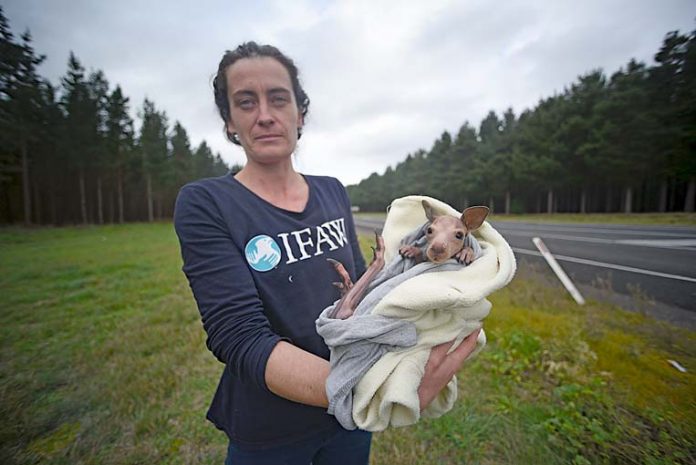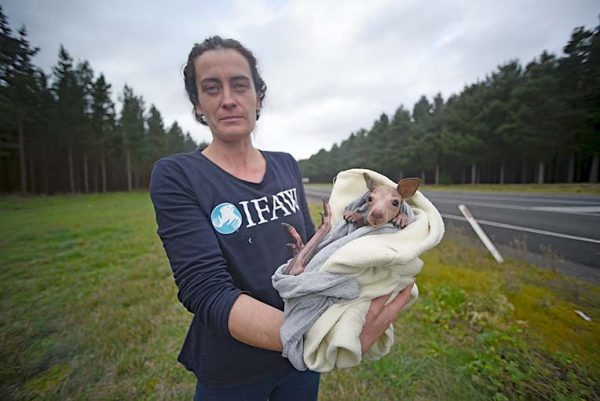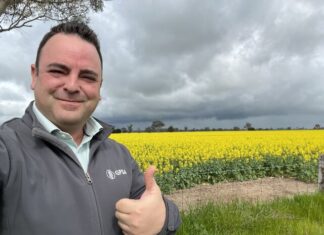

Picture: TODD LEWIS
AN ANIMAL rescue volunteer believes a kangaroo cull is not the solution to reduce high collision numbers with the native animal on South East roads.
It follows yesterday’s release of the Roo Report, collated by Huddle Insurance, which revealed the Mount Gambier district was the most frequent location for kangaroo collisions in South Australia.
Despite the South East’s prominence at state level, the document claimed South Australia is only responsible for 3pc of kangaroo crashes nation-wide.
Concern over the high rate of vehicle incidents comes follows this week’s announcement the State Government was seeking to introduce commercial kangaroo harvesting in the South East.
Friends of Native Wildlife rescue group coordinator Simone Kostal does not believe a cull would make any difference to those numbers.
“The kangaroos that are left are still going to graze along the roadside and they are still going to run out in front of cars,” Ms Kostal said.
“I just cannot see how it would reduce the amount of collisions.”
Ms Kostal also pointed to research which showed female kangaroos carry just one joey at a time, with data revealing the animal has a 73pc mortality rate – or 100pc in unfavourable conditions.
Given it takes a kangaroo a full year to raise a joey, Ms Kostal said it was not biologically possible for the population to be getting out of control.
“As someone who rescues these animals I can honestly say there has not been an increase in call-outs compared to any previous year,” she said.
“We have been taught for generations that kangaroos are a pest and it is hard to get through to some people that it is not the case.”
However, Ms Kostal said she can still appreciate the animals do congregate in large numbers.
“Dawn and dusk are the worst times and a lot more collisions happen at this time of year because there are less daylight hours,” she said.
“I can understand people’s frustration, particularly those who drive to work early and arrive home late.
“But killing them off is not the solution, they live here too and we have to learn to work around them as unfortunate as that may be for some people.”
She encouraged drivers to take necessary steps with their driver behaviour when they see a kangaroo.
“If I see one roo, I expect there is going to be more, so if you see any animal, slow down and it might make a huge difference,” she said.
“Accidents do happen, but just take a little bit of caution and if you hit something, do not just keep driving, stop and check on them and then call somebody who can provide assistance to the animal.”
Ms Kostal is one of a few people in town who has been rescuing and caring for native animals for years.
The state’s Department for Environment and Water this week decided to add 40 new native animals to its list of species not requiring permits, however a specialist permit will be required to have kangaroos.
Ms Kostal said she supported the decision.
“Once people engage with some of these animals and see their personality, their opinion can change very quickly, so I think it will be a good thing,” she said.
“They are making it harder to secure a permit to have a kangaroo and I think there will be stricter regulations on the size of the enclosures you need to have to keep them, which should make it a lot better for the kangaroos.”





